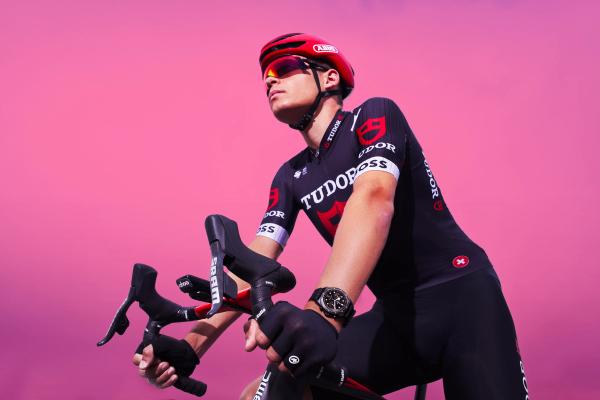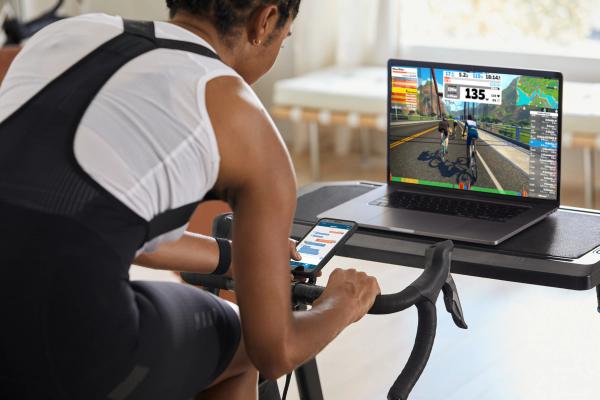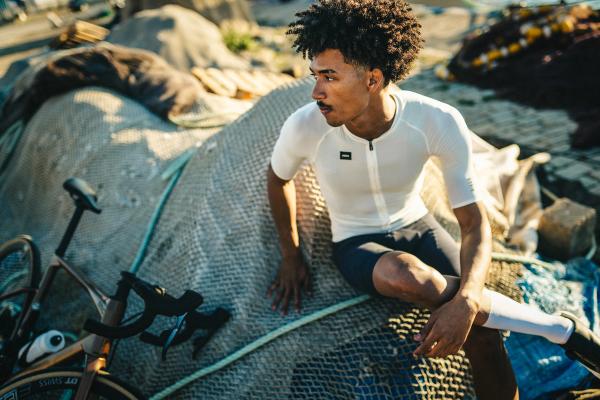What tyre pressure should I be using and why?
Wider tyres and lower pressures are part of modern cycling but what is the science behind it
Alex Hunt
Junior Tech Writer
Tyres are the only point of contact you have with the ground meaning that they have a really big impact on how your bike can feel. With wide rims and tyres becoming the norm, the way we think about tyre pressure needs to change. Thankfully, Simon Richardson has taken a look into the science behind tyre pressures.
Like a lot of things in cycling finding the right tyre pressure is more about balancing different criteria rather than maximising one specific measure. Tyres have an ideal working range and if we stray too far away from this the tyre's performance is going to suffer in one way or another.
Low tyre pressures can increase grip in the corners and reduce the risk of punctures, but go too far, and those benefits disappear. If they're too soft, tyres can become unpredictable and the risk of pinch punctures is increased.
Equally, tyres that are over-inflated will not be able to deform over bumps in the road. That means that instead of gliding along smoothly, the road vibrations will go straight through your bike, slowing you down. And with less deformation, over-inflated tyres will provide less grip, as there won't be as much rubber on the road.
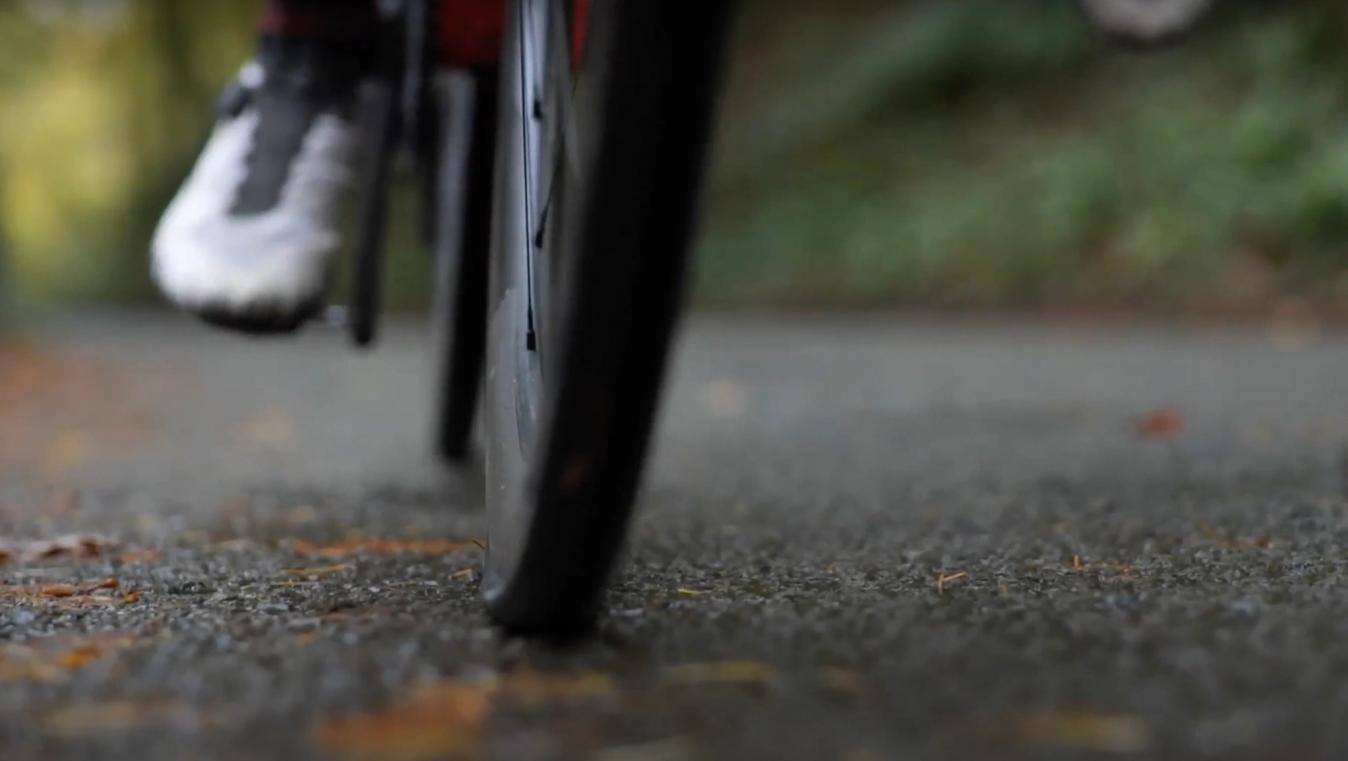
© GCN
If your tyre deforms to the point you an feel it in the corners you might want to up the pressure a little
What is meant by optimal tyre pressure?
Optimal tyre pressure is about finding a balance between a range of different criteria:
Efficiency
With tyres, two big factors impact the rolling resistance. Firstly, the amount of tyre deformation. Tyres deform to meet the road surface, and the lower the pressure, the more deformation takes place. That process uses energy and creates rolling resistance.
That's why, for a long time, we all thought that higher pressures were faster. In fact, even lab tests of rolling resistance have backed this up time and time again.
The thing is, that out in the real world, on real roads, it's just not true. Even a well-laid road has bumps and inconsistencies, and all those bumps create vibrations or road buzz. The higher the tyre pressure, the more vibrations.
Recent science has revealed that those vibrations lead to more energy loss - higher rolling resistance - than the losses from tyre deformation.
To get the most efficient tyre pressure, then, you need to balance these two factors.
In Zipp’s research conducted in 2018, the researchers tested a range of tyres from 23mm to 28mm in width at a variety of pressures. This testing came back with the shocking result that a 28mm tyre at a lower pressure was faster than all other combinations even negating the increase in aerodynamic drag.
The final component of this section is control. A lower-pressure tyre is going to impose a larger contact patch on the road surface and more tyre in contact with the ground is going to give you more grip. An increase in grip is not just good for cornering, it is also good for braking as well meaning you can generate more force before skidding.
The limit for reducing your tyre pressure can be dependent on the individual construction of the tyre. As a general rule if you feel that your tyre is deforming to the point it is squirming as you turn into a corner you might need to bump the pressure up a little.
We want our tyres to offer the least amount of resistive force possible. After aerodynamics, rolling resistance is the next biggest consideration in the hunt for free speed.
Comfort
Reducing the vibrations by using a lower tyre pressure comes with another big advantage: it's a heck of a lot more comfortable. That makes riding more pleasant, and will ultimately allow you to keep riding hard for longer.
Control
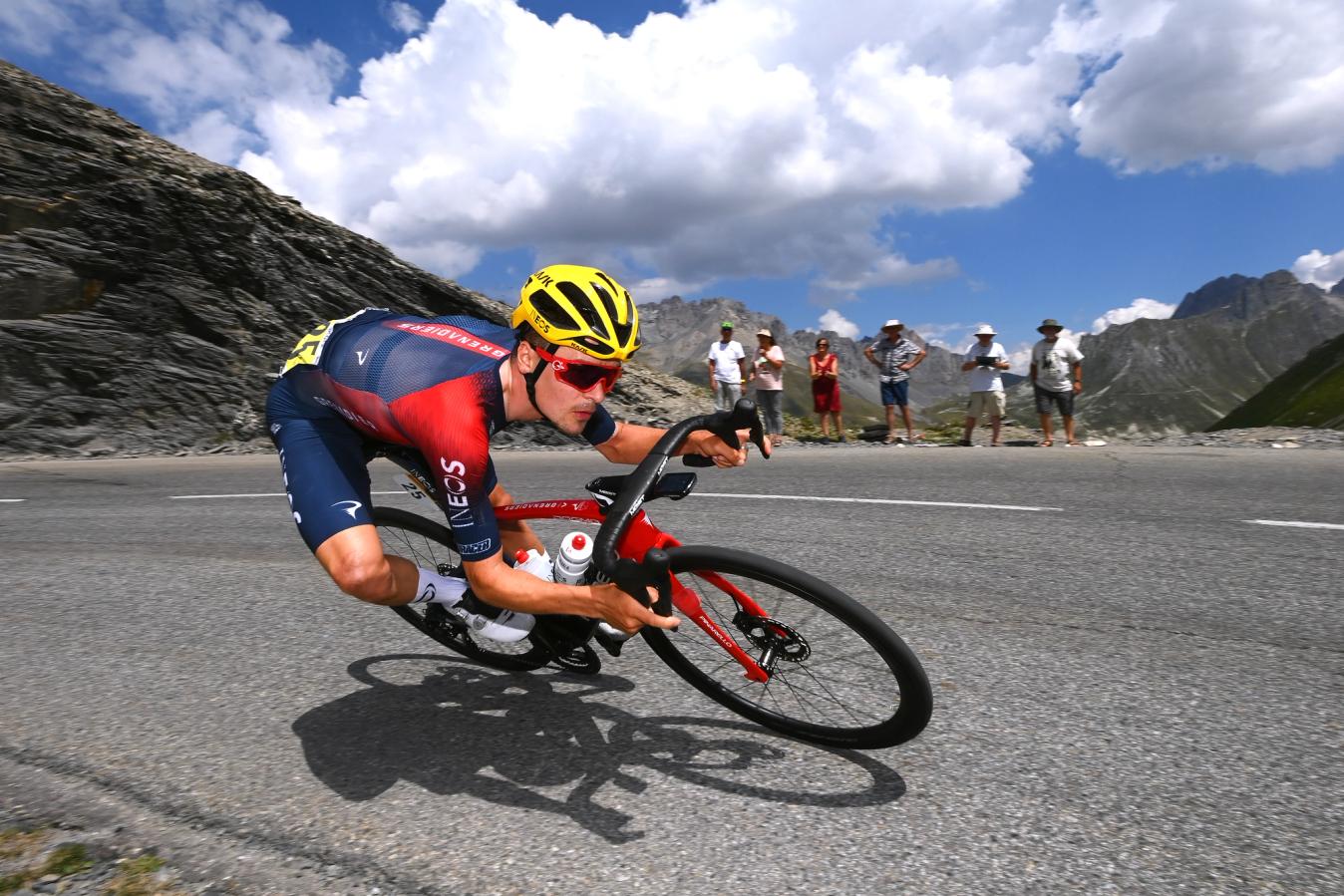
© Velo Collection (TDW) / Getty Images
Having a predictable tyre that you can trust will allow you to corner faster
When thinking about how much control your tyres give you, the ideal is to find a pressure that allows the tyres to deform to meet the road and give you a nice, wide, grippy patch of rubber to ride on, whilst keeping the tyre firm enough that it doesn't roll in the corners.
Reliability
A tyre that ticks all of the above boxes would be useless if it wasn’t reliable. How does tyre pressure impact puncture protection?
The order in which these factors are of importance to you is completely personal and based on the needs of you as a rider and where you're riding. For someone riding an e-bike through a city the hierarchy of these considerations will be completely different from someone looking to race on the road.
Puncture protection
No matter how hard you try and no matter what tyre pressure you use, some punctures are unavoidable. There is one type of puncture that comes almost always from too little tyre pressure: the pinch flat. This is where the tyre or tube gets squeezed by an impact or pinch point on the road and bottoms out on the rim with such force that it can tear the tyre or tube.
Run your tyres too hard, and there's an increased chance of regular punctures, in which something sharp makes a hole in the tyre. That's because harder tyres won't deform around sharp objects.
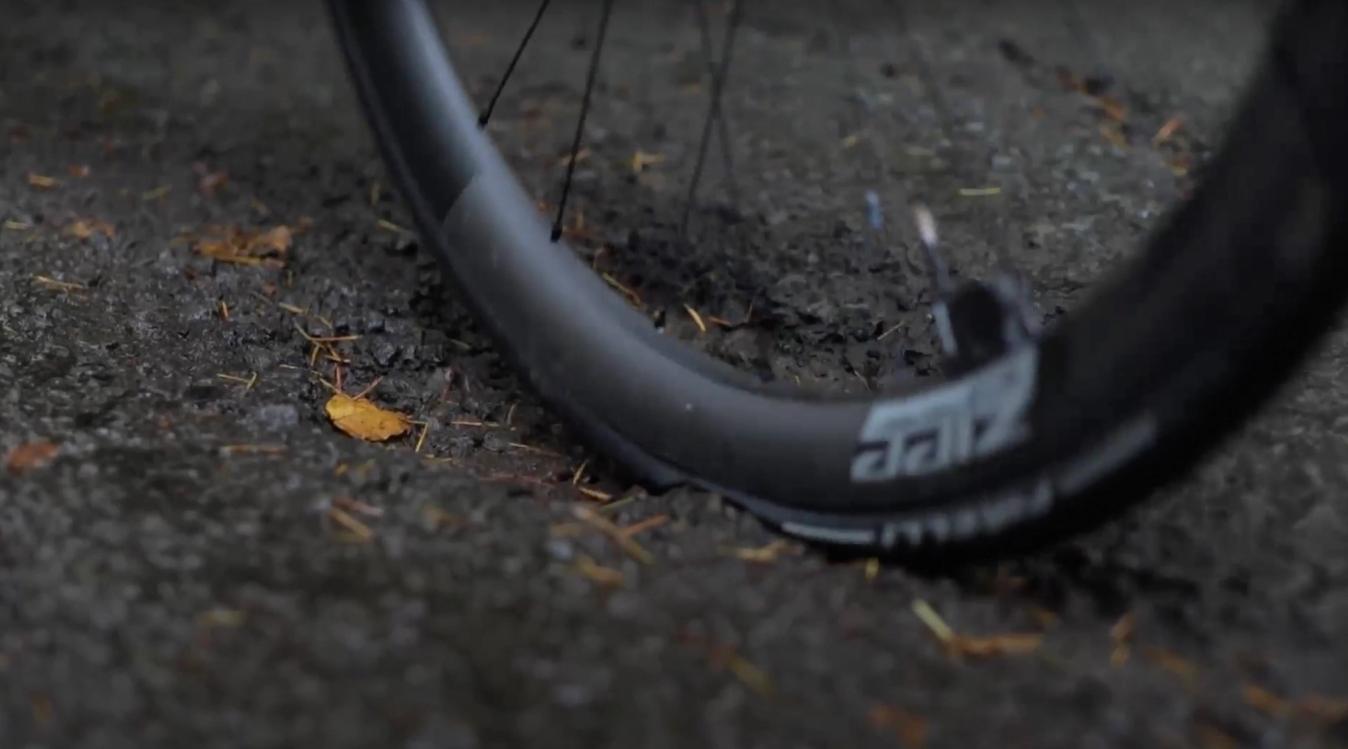
© GCN
Pinch flats are always as a result or running too low tyre pressure for the terrain
So what is my optimum tyre pressure?
That sounds like an awful lot of things to think about next time you break out your bike pump. Really though, it's not that complicated, because most tyre brands have an an online tyre pressure calculator like the one Zipp has created. Here you input things like your weight and the width of your tyres, and the calculator will tell you what pressure will give the most efficient ride.
To help riders keep their tyres at the perfect pressure Zipp has created a device called the TyreWiz. This device mounts to your valves and can measure your tyre pressure to within one-tenth of a psi and can transmit it via Bluetooth to your phone.
Tyre pressure is only now getting the research it deserves and the results are contradictory to what has been widely accepted for years. If you are unsure if you are running the right pressure head over to a tyre pressure calculator and have a look.
We would love to hear your own experiences of experimenting with tyre pressures so make sure to let us know in the comments section below.
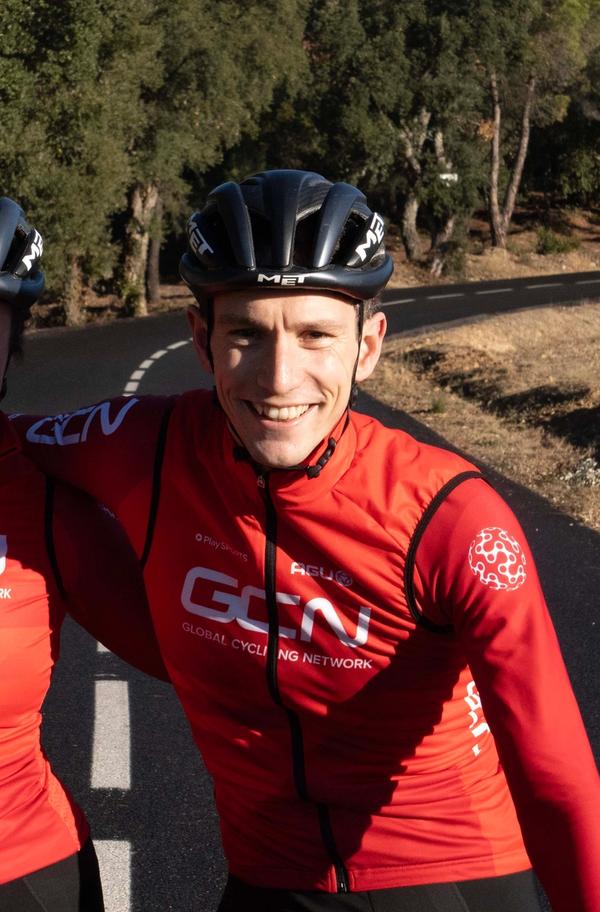







.jpg?w=600&auto=format)
